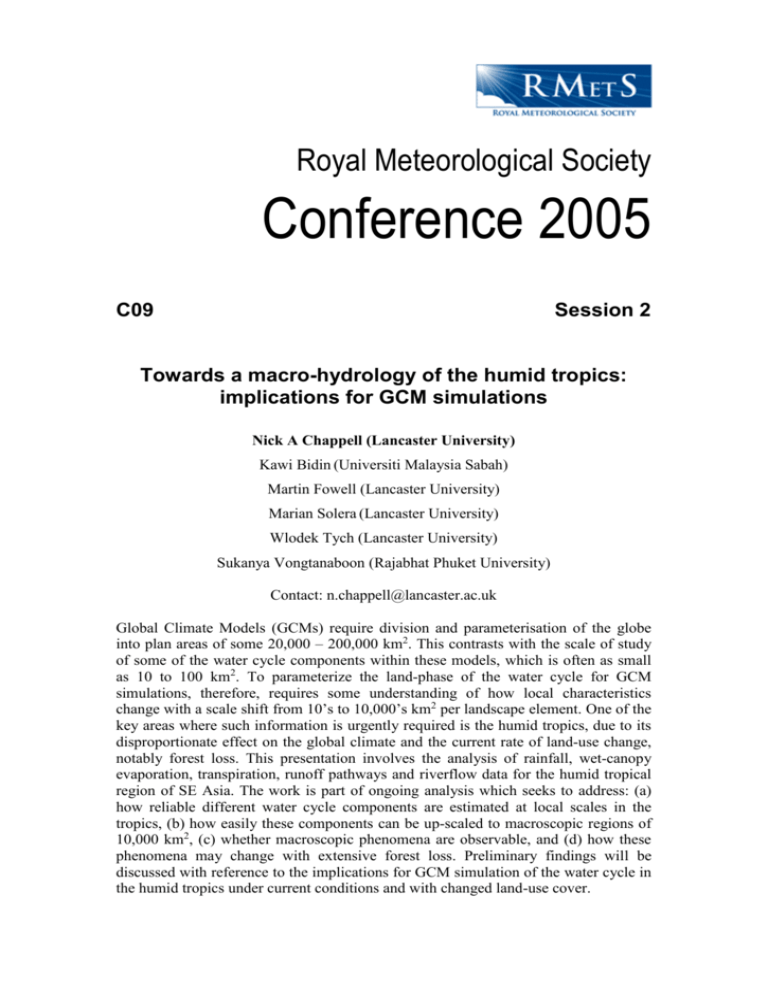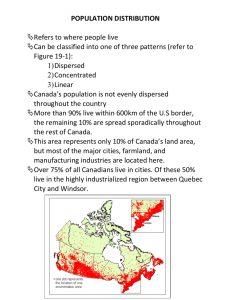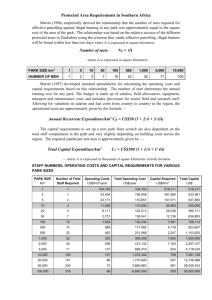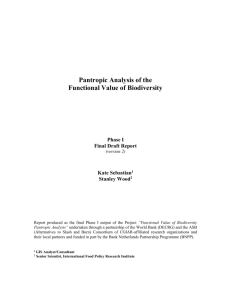Identifying hydro-climatic dynamics in the River Pra Basin, southern
advertisement

Royal Meteorological Society Conference 2005 C09 Session 2 Towards a macro-hydrology of the humid tropics: implications for GCM simulations Nick A Chappell (Lancaster University) Kawi Bidin (Universiti Malaysia Sabah) Martin Fowell (Lancaster University) Marian Solera (Lancaster University) Wlodek Tych (Lancaster University) Sukanya Vongtanaboon (Rajabhat Phuket University) Contact: n.chappell@lancaster.ac.uk Global Climate Models (GCMs) require division and parameterisation of the globe into plan areas of some 20,000 – 200,000 km2. This contrasts with the scale of study of some of the water cycle components within these models, which is often as small as 10 to 100 km2. To parameterize the land-phase of the water cycle for GCM simulations, therefore, requires some understanding of how local characteristics change with a scale shift from 10’s to 10,000’s km2 per landscape element. One of the key areas where such information is urgently required is the humid tropics, due to its disproportionate effect on the global climate and the current rate of land-use change, notably forest loss. This presentation involves the analysis of rainfall, wet-canopy evaporation, transpiration, runoff pathways and riverflow data for the humid tropical region of SE Asia. The work is part of ongoing analysis which seeks to address: (a) how reliable different water cycle components are estimated at local scales in the tropics, (b) how easily these components can be up-scaled to macroscopic regions of 10,000 km2, (c) whether macroscopic phenomena are observable, and (d) how these phenomena may change with extensive forest loss. Preliminary findings will be discussed with reference to the implications for GCM simulation of the water cycle in the humid tropics under current conditions and with changed land-use cover.







